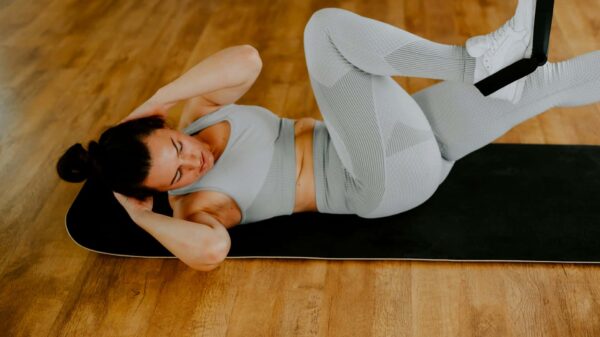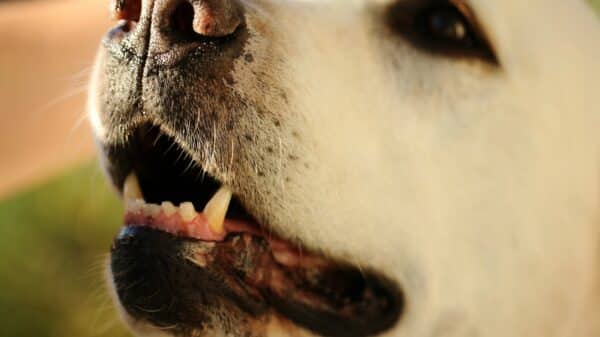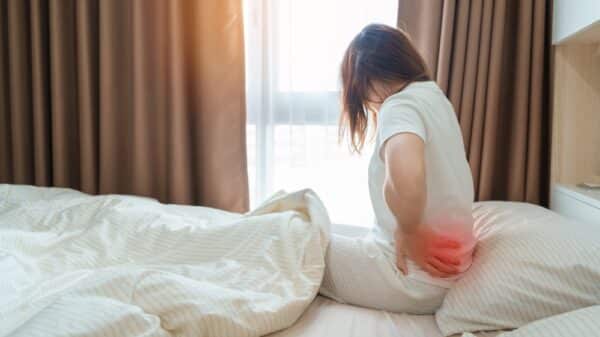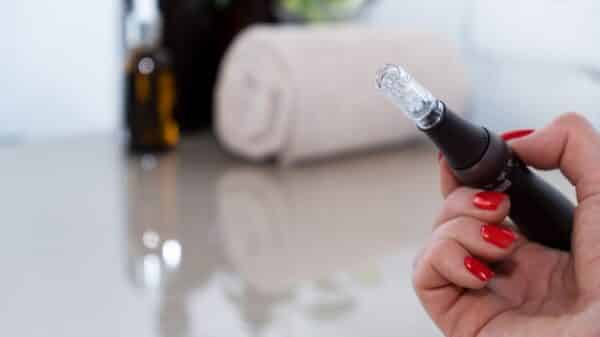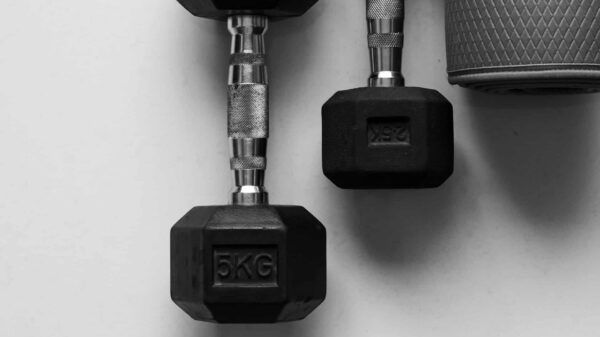Lusine Hayrapetyan, a globally recognized permanent makeup expert and recipient of the International Beauty Awards and United Talents Awards for Best Permanent Makeup Artist, discusses the evolving preferences of clients, highlighting an increasing emphasis on reconstructive techniques, male permanent makeup, and a preference for natural aesthetics.
The permanent makeup landscape is changing swiftly, with more clients seeking subtle, natural results and artists employing innovative techniques to achieve these qualities. A report from Coherent Market Insights indicates a surge in micropigmentation demand alongside interest in advanced, safer technologies, including micro-digital cartridges, certified pigments, and disposable materials. Aesthetic standards are also shifting: sharp lines are being replaced by gentle shading, soft tones, and customized color matching.
To gain insight into the current developments in this field, we spoke with Lusine Hayrapetyan, an esteemed expert, multiple award winner, and a certified judge at the International Beauty Judging Academy and the Beauty Fashion Trend competition. Lusine emphasizes not just aesthetic outcomes but also restorative techniques that can help address scars, post-surgical effects, and enhance clients’ self-esteem.
In this article, we join Lusine in exploring the growing demand for restorative techniques, the evolving emphasis on procedural safety, and the key trends likely to shape the permanent makeup industry by 2026.
### Beauty-PMU
There have been significant shifts in client expectations in the aesthetic realm of permanent makeup. Contemporary techniques prioritize the creation of results that blend seamlessly with natural features. Three main areas continue to dominate: eyebrows, lips, and lash line enhancements. Eyebrows remain a focal point, but current requests favor soft powder shading and airy blending rather than stark lines that mirror the natural shape and density of hair strokes.
The approach to lip makeup has also evolved: instead of high-contrast outlines, artists now create a “natural tint,” subtly enhancing the lip’s inherent color for a more lively appearance without looking artificial.
The trend of lash line enhancement—where pigment is placed between lashes to simulate thickness without visible makeup—continues to gain traction, particularly among those tired of applying eyeliner daily but wishing for an expressive look.
Lusine’s innovative techniques secured her the “Most Natural Look PMU” award at an international competition. Her methodology diverges from standard tattoo procedures, taking an architectural and personalized approach that tailors each treatment to the client’s distinctive features.
Modern techniques are shifting away from graphic styles toward smooth transitions, gentle shading, and optimal alignment with the features of the face. This evolution demands both precision and an artistic eye from practitioners.
“Overall, today there is a stronger demand for individuality, delicacy, and safety rather than boldness or fleeting trends. Clients want to look like the best version of themselves, not a copy of someone else’s image,” Lusine Hayrapetyan observes.
### Restorative Techniques
As a prominent expert in cosmetology, Lusine Hayrapetyan notes a noteworthy increase in interest in restorative permanent makeup. Specialists are increasingly addressing not only cosmetic needs but also skin imperfections, aiding clients in overcoming psychological barriers.
Lusine particularly highlights pigment-free inkless techniques, which go beyond merely concealing flaws to genuinely enhancing skin quality by activating its natural restoration processes. These methods prove especially effective on delicate skin areas.
“In practice, I most often encounter three types of requests: stretch marks after pregnancy or sudden weight fluctuations, post-operative scars, for example, after cesarean sections or mammoplasty, and scars resulting from accidents or other injuries. Many come years later, when the scar has physically healed, but it still causes psychological discomfort,” she elaborates.
In her scholarly paper “Inkless Dermal Stimulation: A Scientific Review of Non‑Pigmented Approaches to Skin Regeneration,” Lusine delves into modern “inkless” microneedling techniques aimed at promoting skin regeneration without introducing pigments. She assesses their effectiveness concerning collagen production, healing processes, and non-invasive skin restoration.
Additionally, Lusine conducts training sessions and masterclasses for artists at all levels, sharing not only technical skills but also the profession’s underlying philosophy. She believes that a contemporary specialist should grasp that their work extends beyond enhancing physical appearance; it involves fostering clients’ psychological well-being and confidence. Her students are already implementing these principles successfully worldwide.
### Technological Innovations
In the past five years, the integration of nanotechnology has greatly improved the quality, durability, and safety of pigments in permanent makeup. Present-day formulas are developed with an emphasis on particle microdispersion, ensuring even pigment distribution in the skin and reducing side effect risks.
Lusine Hayrapetyan is dedicated to exploring the scientific aspects of pigmentation, publishing practical research articles on safe pigmentation and skin restoration following invasive procedures.
“By decreasing particle size to micron and submicron levels, pigments adhere more softly, evenly, and predictably. This is vital for delicate techniques — like powder shading and watercolor lips,” the expert states.
Current techniques exhibit enhanced biocompatibility. Improved particle structures diminish risks of rejection, inflammation, or allergic reactions, allowing pigment to integrate more naturally with skin tissues, ensuring both aesthetic success and procedural safety.
### 2026 Trends
As a certified judge with the International Beauty Judging Academy, Lusine Hayrapetyan has a unique perspective on industry advancements. She observes a growing number of artists adopting new technologies and embracing contemporary trends.
Mini-invasive hybrid techniques, combining permanent makeup with skincare, are expected to be prominent in the coming years. Emerging procedures include permanent makeup paired with specialized serums—like lip shading enhanced with peptides and collagen boosters—facilitating simultaneous skin quality enhancement and aesthetic results.
Male permanent makeup is also gaining significant traction, transitioning from a niche to a mainstream practice.
“Modern men are increasingly seeking procedures that subtly highlight their facial features, correct asymmetry, or address cosmetic imperfections while maintaining a natural outcome,” the cosmetologist emphasizes.
According to the experiences and practices of Lusine Hayrapetyan, the industry’s future lies in personalized, biocompatible, and multifunctional solutions that harmonize with the body’s natural processes.






